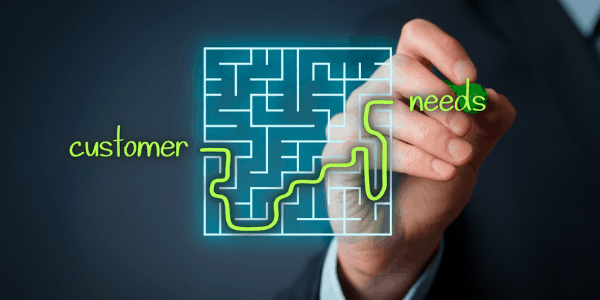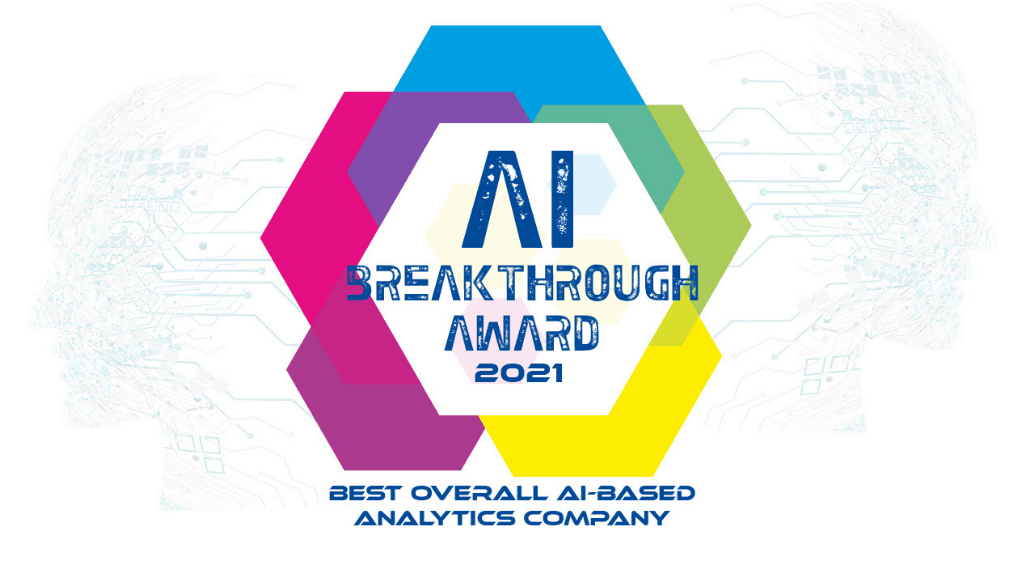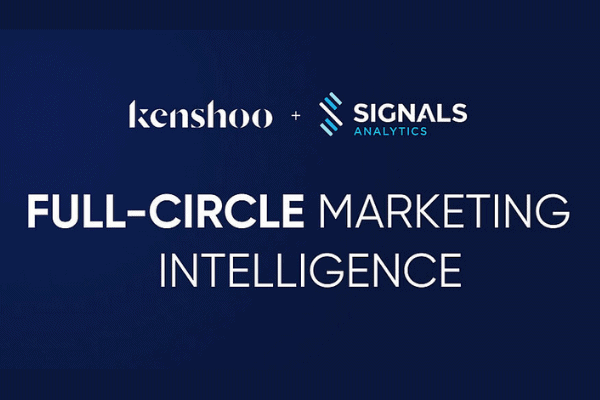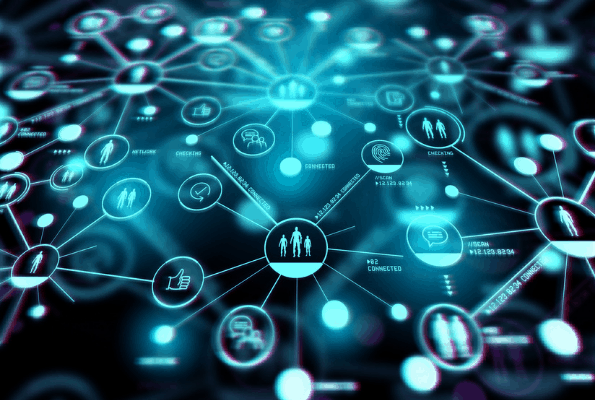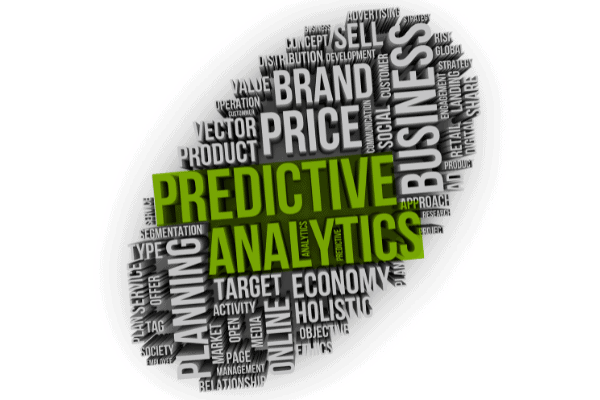It costs $115M on average to develop and launch a new consumer product, and the cost is rising. Even more daunting, 96% of all consumer products fail to return their cost of capital. The good news is that brands can mitigate these risks by leaning on data to guide their product decisioning. What’s more, a new breed of Artificial Intelligence (AI) technologies are making it possible for businesses to supercharge these efforts by opening access to external data sources.
In this blog, we will explore some of the key ways AI empowers consumer brands to scale their external data efforts and optimize their product decisioning innovation strategies.
Scaling External AI Data Analytics for Product Decisioning
It can be challenging enough to surface actionable insights from internal enterprise data. These challenges become exponentially more complicated when dealing with multiple unconnected external sources filled with unstructured data.
Just a decade ago, it would have been unthinkable for even the most sophisticated enterprise-scale market intelligence team to continually monitor multiple external data sources for actionable insights. But AI makes it possible.
Advanced intelligence systems like Skai empower companies to continually collect and contextualize large amounts of data with machine efficiency. This new technological paradigm optimizes all steps along the data journey, from collection to prediction.
Data Collection
When it comes to scaled data collection, AI helps companies drink directly from multiple firehoses simultaneously. These technologies automate continuous data gathering via APIs, scraping, and third-party integrations. That means brands can continually monitor real-time consumer discussions (e.g., social, product reviews, KOL content) as well as relevant market movements (e.g., e-commerce and sales figures, patent filings, product launches).
Data Preparation
Next comes data preparation in which AI automates the laborious tasks related to structuring, normalizing, validating, and cleaning all that data. This is an important step, as studies have found that data scientists can spend up to 80% of their time preparing data before any analysis can take place.
One particularly useful element in the consumer goods analytics space is AI-powered product clustering (or “product grouping”), which automatically associates unconnected data points with specific products.
Context Extraction
Step three is context extraction, in which these systems make sense of the data and simplify human language into usable data points. For example, “hydration” is a term that has one meaning in the beverage market, but a completely different one in skincare.
Using Natural Language Processing (NLP), these advanced platforms can organize data into industry or even business-specific taxonomies. In most cases, these taxonomies will have to be curated and maintained by human experts, but Machine Learning (ML) can be used to automatically evolve these rules along with the marketplace (i.e., to understand new product attributes in a certain category and organize all relevant data in a useful way).
Predictive Models
Finally, AI can be used to create predictive models, which use ML to identify current data trends and project them out into the future. This function allows brands to proactively prepare for the market to come (e.g., consumer interest in oat milk has been steadily growing over the previous two quarters, and it should continue to do so over the next year.)
Translating 0s and 1s Into Opportunities
Once all data is unified into one central data lake, brands can surface useful answers to relevant questions about specific product categories (e.g., consumers are increasingly discussing savory sodium-free snacks, but how many sodium-free pretzels are currently on the market?)
Even better, advanced systems can democratize these insights and make them accessible to more than just data scientists. Pre-configured reports, intuitive query functions, and interactive visual models can open data-driven insights across the organization.
————————————–
*This blog post originally appeared on Signals-Analytics.com. Kenshoo acquired Signals-Analytics in December 2020. Read the press release.
